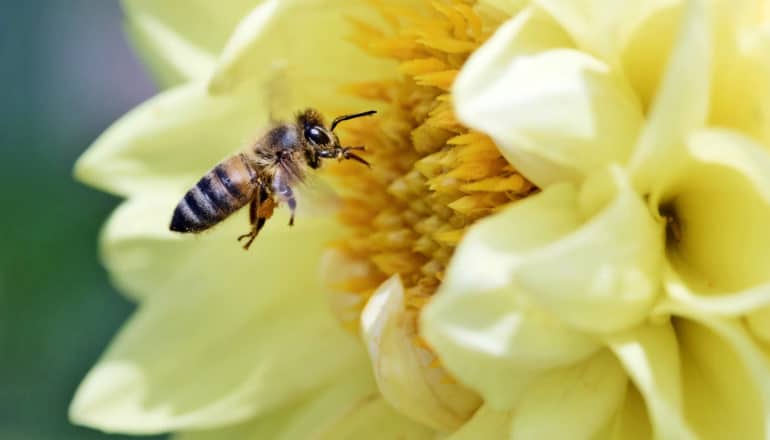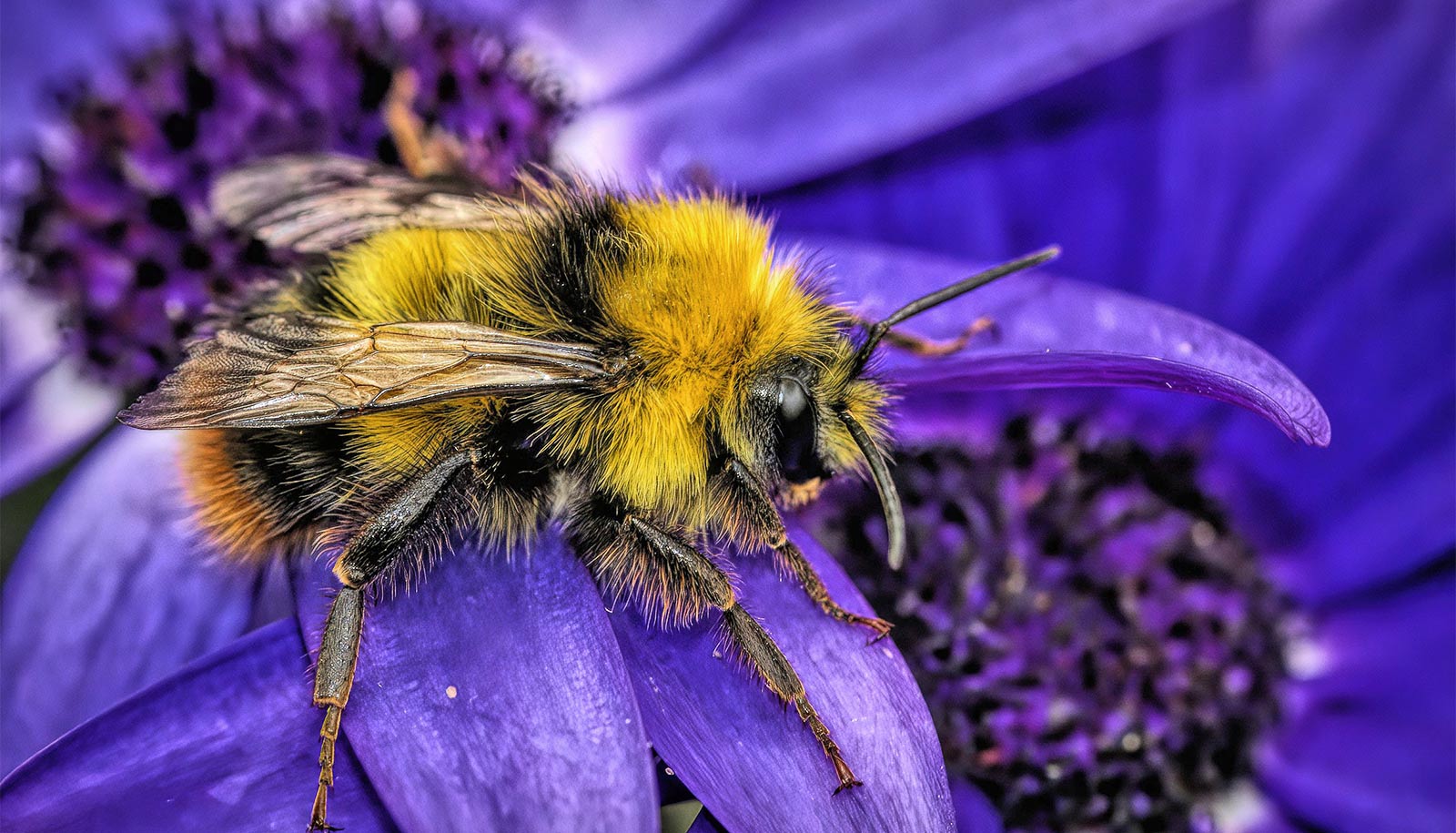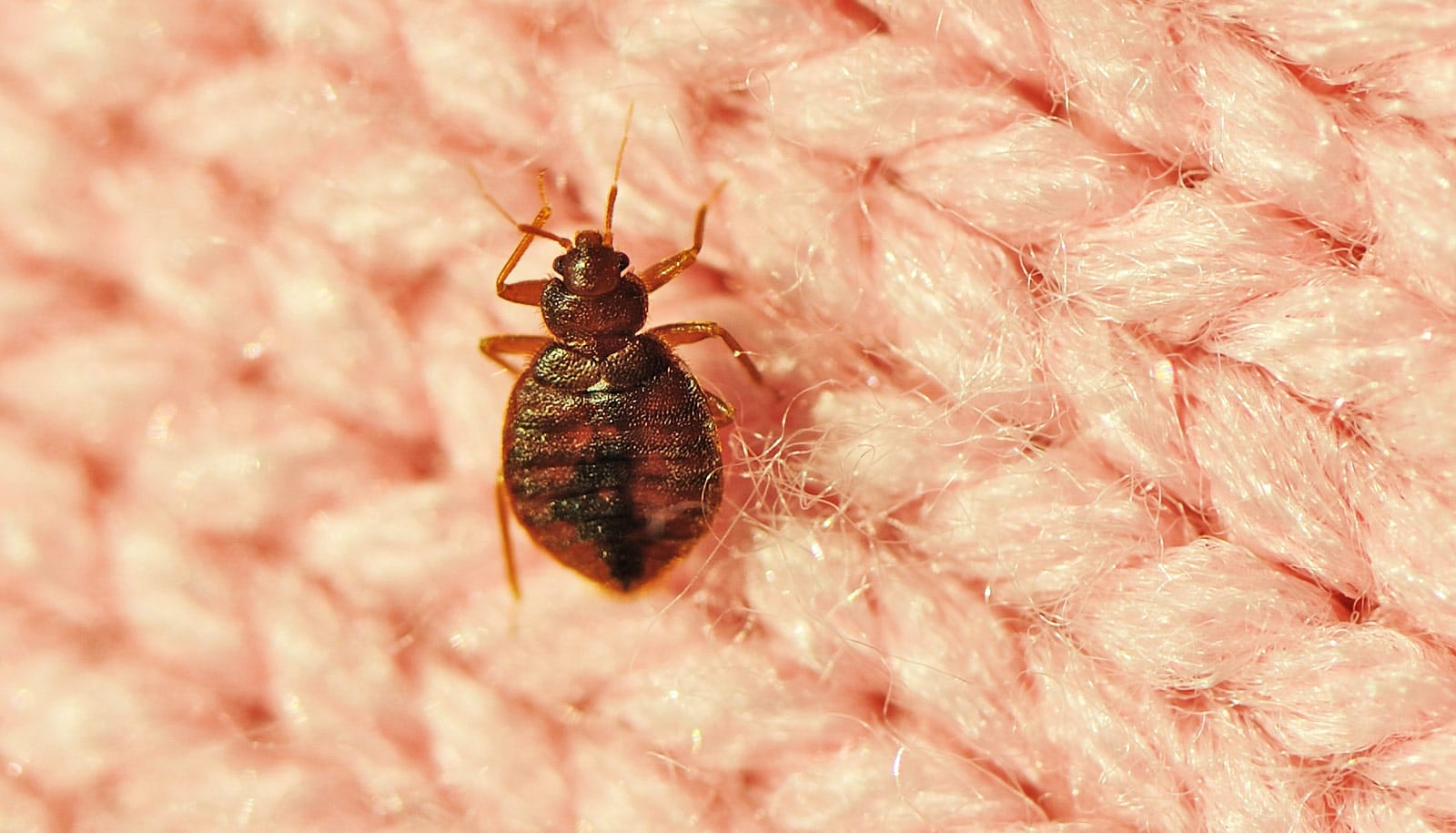The discovery of a core set of genes involved in the responses of honey bees to multiple diseases caused by viruses may help scientists and beekeepers breed honey bees more resilient to stress.
“In the past decade, honey bee populations have experienced severe and persistent losses across the Northern Hemisphere, mainly due to the effects of pathogens, such as fungi and viruses,” says Vincent Doublet, postdoctoral research fellow at the University of Exeter. “The genes that we identified offer new possibilities for the generation of honey bee stocks that are resistant to these pathogens.”
Recent advances in DNA sequencing have prompted numerous investigations of the genes involved in honey bee responses to pathogens. Yet, until now, this vast quantity of data has been too cumbersome and idiosyncratic to reveal overarching patterns in honey bee immunity.
“While many studies have used genomic approaches to understand how bees respond to viruses and parasites, it has been difficult to compare across these studies to find the core genes and pathways that help the bee fight off stressors,” says Christina Grozinger, professor of entomology at Penn State.
“Our team created a new bioinformatics tool that has enabled us to integrate information from 19 different genomic datasets to identify the key genes involved in honey bees’ response to diseases.”
When bees grow up too fast, the colony collapses
Specifically, researchers created a new statistical technique, called directed rank-product analysis, a technique that allows them to identify the genes that were expressed similarly across the 19 datasets, rather than just the genes that were expressed more than others within a dataset.

The findings, published in BMC Genomics, show these similarly expressed genes include those that encode proteins responsible for the response to tissue damage by pathogens, and those that encode enzymes involved in the metabolism of carbohydrates from food, among many others. A decrease in carbohydrate metabolism may illustrate the cost of the infection on the organism.
“Honey bees were thought to respond to different disease organisms in entirely different ways, but we have learned that they mostly rely on a core set of genes that they turn on or off in response to any major pathogenic challenge,” says Robert Paxton, professor of zoology at the German Centre for Integrative Biodiversity Research. “We can now explore the physiological mechanisms by which pathogens overcome their honey bee hosts, and how honey bees can fight back against those pathogens.”
The implications of the findings are not limited to honey bees. Core genes are part of conserved pathways—meaning they have been maintained throughout the course of evolution among insects and therefore are shared by other insects. This means that the genes provide important knowledge for understanding pathogen interactions with other insects, such as bumble bees, and for using pathogens to control insect pests, such as aphids and certain moths.
“This analysis provides unprecedented insight into the mechanisms that underpin the interactions between insects and their pathogens,” Doublet says. “With this analysis, we generated a list of genes that will likely be an important source for future functional studies, for breeding more resilient honey bee stocks and for controlling emerging bee diseases.”
iDiv, the German Center for Integrative Biodiversity Research, located in Leipzig, Germany, supported the work.
Source: Penn State



